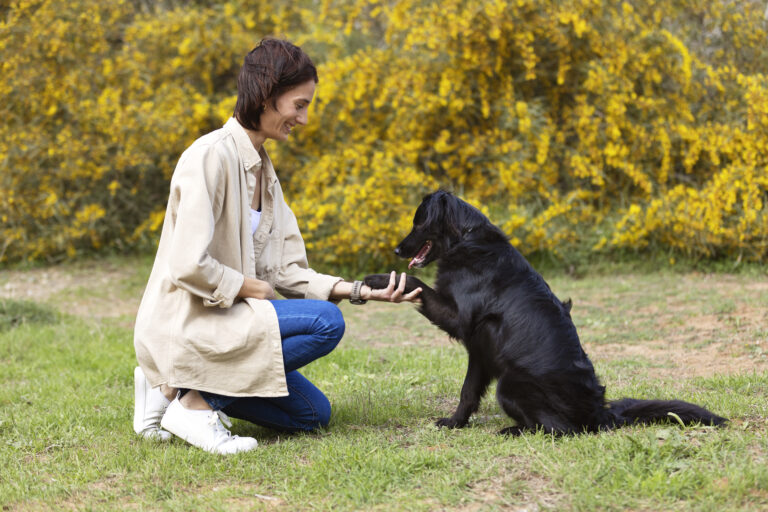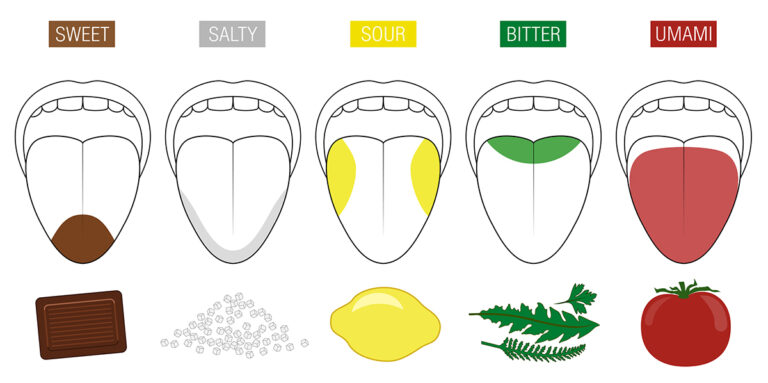Sincere happy woman plays with two puppies, gets kiss from shiba inu dog, expresses love to animals, embraces favourite pets, stands against pink background. Little dogs play with female owner
Introduction: Do Pets Really Experience Emotions?
For centuries, humans have debated whether animals truly feel emotions or if their behaviors are just instinctual reactions. Anyone who has lived with a dog, cat, or even a bird knows that pets seem to express happiness, sadness, jealousy, excitement, and even guilt. But what does science say?
In this article, we will explore how pets experience emotions, how different animals express feelings, and what pet owners can do to strengthen their emotional bond with their furry (or feathery) companions.
1. The Science Behind Animal Emotions
Scientists now agree that animals have emotions, though they may not experience them in exactly the same way humans do.
🧠 How Pets Process Emotions
Animals, especially mammals, have a limbic system—the part of the brain responsible for emotions. This means that:
✔️ Dogs can feel joy, fear, anxiety, and even love.
✔️ Cats experience stress, contentment, and affection.
✔️ Birds display empathy, playfulness, and grief.
✔️ Rabbits & rodents can feel loneliness, excitement, and trust.
Just like humans, pets produce hormones like oxytocin (the love hormone) and cortisol (the stress hormone), which influence their emotions.
2. How Pets Express Their Emotions
Different species and breeds show emotions in unique ways.
🐶 Dogs: The Masters of Emotional Expression
Dogs are highly social animals and their emotions are easy to read.
- Happiness: Wagging tail, relaxed ears, playful jumping.
- Love & Trust: Licking, cuddling, following their owner around.
- Guilt or Shame: Avoiding eye contact, tucking tail, lowering head.
- Fear: Ears back, tail between legs, hiding.
🐱 Cats: The Mysterious Emotion Experts
Cats have subtle emotional cues, making them harder to read.
- Happiness: Purring, slow blinking, kneading paws.
- Affection: Head-butting, rubbing against their owner.
- Annoyance or Anxiety: Flicking tail, flattened ears, dilated pupils.
- Sadness or Stress: Hiding, refusing food, excessive grooming.
🐦 Birds: More Emotional Than You Think!
Birds are surprisingly expressive and intelligent.
- Excitement: Flapping wings, chirping, head bobbing.
- Affection: Preening their owner, sitting close, singing.
- Stress: Feather plucking, avoiding interaction, loud squawking.
- Jealousy: Aggressive pecking or pushing other pets away.
🐰 Rabbits, Guinea Pigs, & Small Pets
Even small pets show emotions!
- Happiness: Jumping (binkies in rabbits), purring (in guinea pigs).
- Fear: Freezing in place, wide eyes, thumping feet.
- Trust: Licking, snuggling, following their owner.
3. Do Pets Get Jealous?
Yes! Studies show that dogs and cats can experience jealousy, especially when their owner gives attention to another pet or a new person.
Signs of jealousy in pets:
✔️ Pushing between their owner and the other pet.
✔️ Barking, whining, or meowing loudly.
✔️ Ignoring their owner as a form of protest.
✔️ Being extra clingy or attention-seeking.
The best way to handle jealousy is to make sure all pets feel equally loved and provide plenty of individual attention.
4. Can Pets Feel Grief and Depression?
Losing a loved one (another pet or a human) can deeply affect animals. Pets can experience grief, sadness, and even depression.
Signs of grief in pets:
😢 Loss of appetite
😢 Sleeping more than usual
😢 Lack of interest in playtime
😢 Searching for their lost friend
To help a grieving pet, owners should keep their routine normal, provide comfort, and introduce new activities to keep their minds engaged.
5. Strengthening Your Emotional Bond with Your Pet
Building a strong bond with your pet helps them feel secure, happy, and loved. Here’s how you can improve your relationship:
❤️ For Dogs
🐾 Spend quality time playing and training.
🐾 Use positive reinforcement (treats, praise).
🐾 Give plenty of cuddles and belly rubs.
😻 For Cats
🐾 Let them come to you for affection.
🐾 Slow blink at them—it’s a “cat kiss”!
🐾 Provide enrichment toys and scratching posts.
🦜 For Birds & Small Pets
🐾 Talk to them in a gentle voice.
🐾 Offer their favorite treats by hand.
🐾 Let them explore new environments safely.
6. The Future of Animal Emotion Research
Scientists continue to explore the depth of pet emotions. Some exciting research areas include:
🧬 Genetic studies on how emotions evolved in animals.
🎶 How pets respond to music and human voices.
💬 Future technology to “translate” pet emotions into words!
As research advances, one thing is clear: our pets are more emotionally complex than we ever imagined!
Conclusion: Pets Feel More Than We Think
Pets aren’t just lovable companions—they are emotional beings with rich inner lives. Understanding their emotions helps us become better pet owners and strengthens our bond with them.

